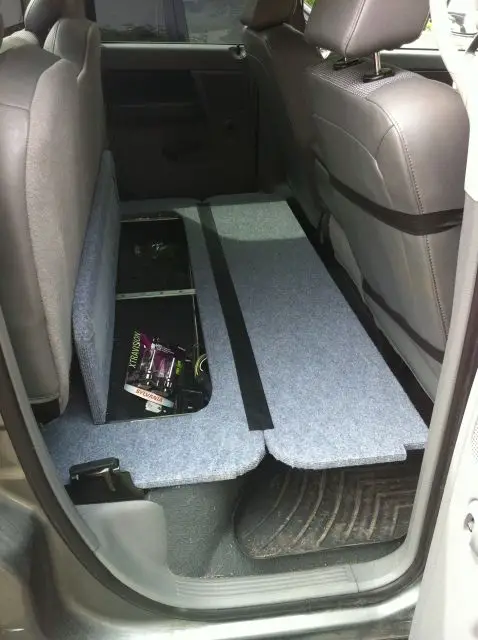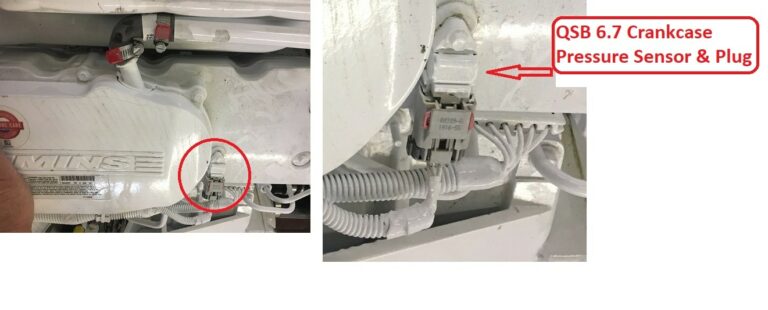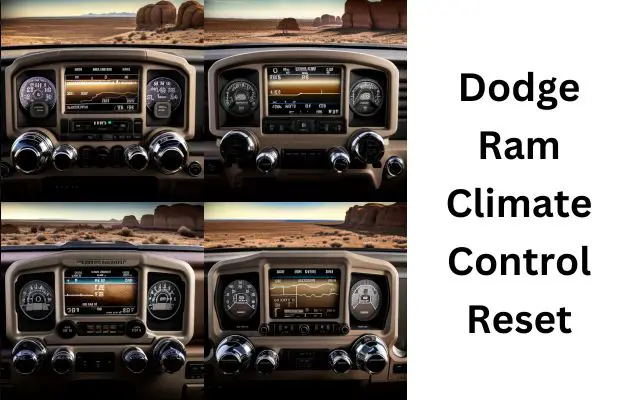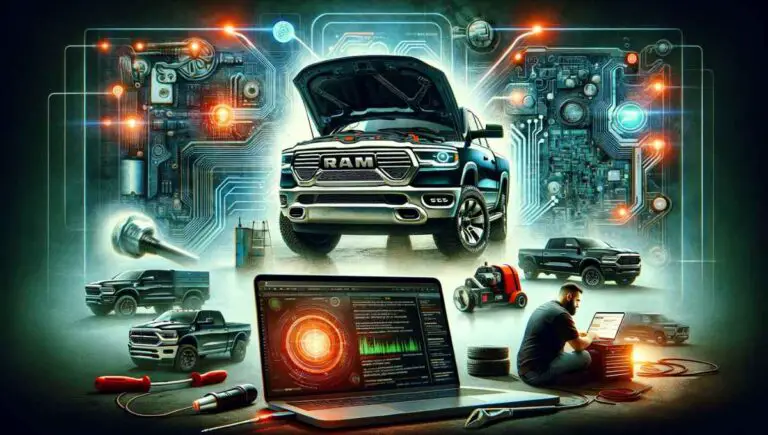ABS and Brake Light on Dodge Ram 1500: Solve the Mystery
The ABS (Anti-lock Braking System) and Brake light are essential warning signals that help maintain your vehicle’s safety. In a Dodge Ram 1500, these lights may come on and stay on, indicating potential problems with the braking system. Ignoring this issue can lead to reduced vehicle performance and even dangerous driving conditions. In this blog post, we’ll dive into the steps you can take to diagnose and fix the issue of the ABS and Brake light remaining on in your Dodge Ram 1500.
5 Simple Steps To Fix Abs And Brake Light on Dodge Ram 1500
Check the Brake Fluid Level
The first step in diagnosing this issue is to check the brake fluid level. A low fluid level can trigger the ABS and Brake light to come on.
Locate the brake fluid reservoir under the hood and check if it is within the recommended range. If it’s low, refill it with the appropriate brake fluid type, and then check if the warning lights go off. If the fluid level isn’t the issue, proceed to the next step.
Inspect the Brake Pads
Worn brake pads can also cause the ABS and Brake light to come on. To inspect the brake pads, you may need to remove the wheels to get a clear view of the pads and the brake caliper. Check for signs of wear, such as thinning pads or grooves in the rotors. If you find that the pads are worn out, replace them to resolve the issue. If you’re unsure about how to do this, consult a mechanic for help.
Examine the ABS Sensor
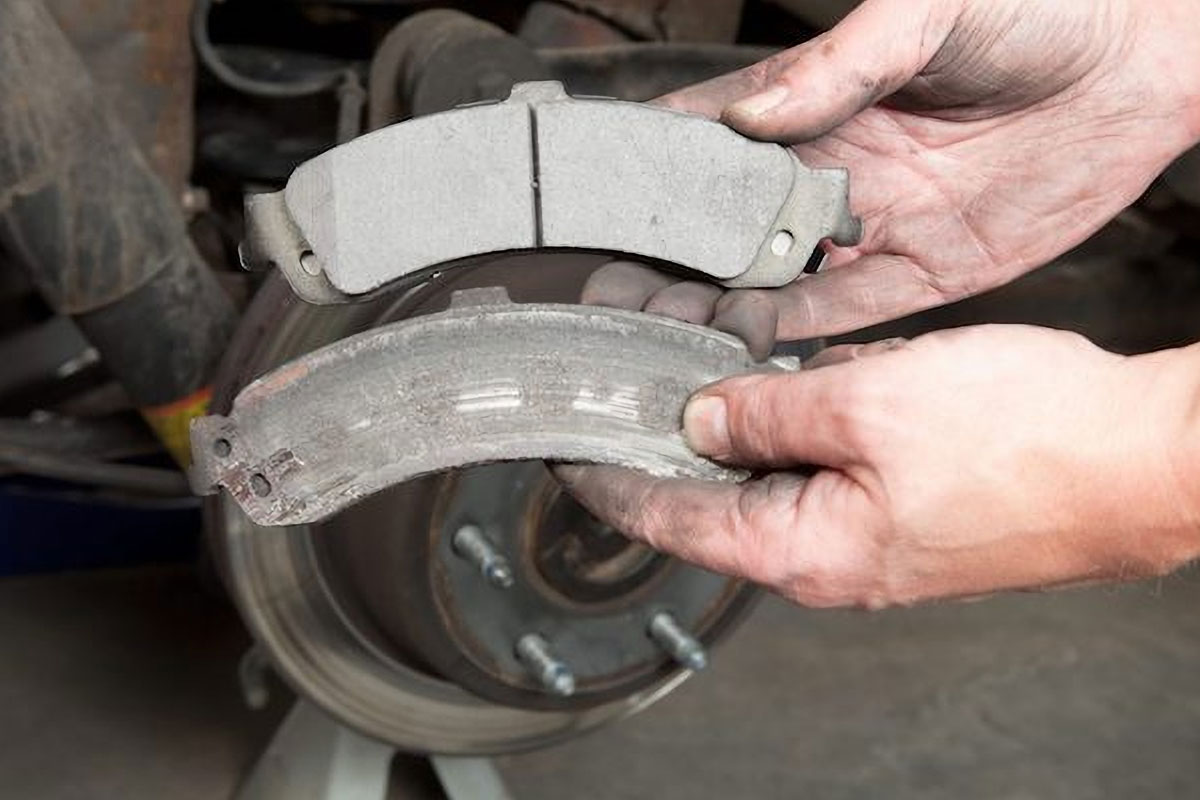
The ABS sensor is responsible for monitoring wheel speed and communicating with the ABS module. Over time, dirt, debris, or damage can interfere with the sensor’s functioning. Locate the ABS sensor near the brake rotor and examine it for any visible issues.
If it’s dirty, carefully clean it with a soft brush and a mild cleaner. If it appears damaged or corroded, you’ll need to replace it. If you’re not comfortable with this process, consult a mechanic.
Inspect the Wiring
Faulty wiring or connections can cause the ABS and Brake light to come on. Inspect the wiring connected to the ABS sensor and the ABS module for any signs of damage, wear, or corrosion. If you find damaged wires, repair or replace them as needed. Again, if you’re unsure about how to do this, consult a mechanic for assistance.
Check the ABS Module
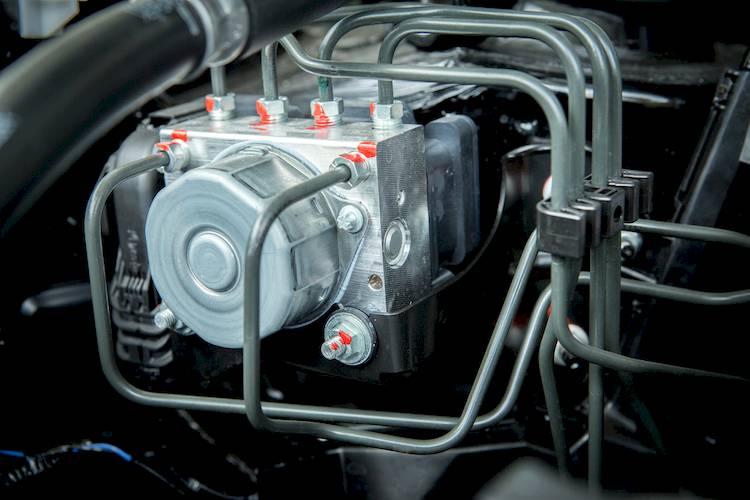
The ABS module controls the ABS system and can sometimes malfunction, leading to the ABS and Brake light staying on. If you’ve checked all the above components and the issue persists, it’s time to have a mechanic diagnose the ABS module.
They will have specialized diagnostic equipment to determine if the module needs replacement or repair.
Common Causes of ABS and Brake Light Issues in Dodge Ram 1500
Faulty Wheel Speed Sensor
A faulty wheel speed sensor is a common cause of ABS and brake light issues in Dodge Ram 1500. The sensor can damage or failure due to road debris, corrosion, or wear and tear. This can result in the system failing to detect the speed of the wheels, leading to the illumination of ABS and brake lights.
Worn-out Brake Pads
Worn-out brake pads can cause ABS and brake light issues in Dodge Ram 1500. When the brake pads become too thin, they can no longer effectively stop the vehicle, leading to increased stopping distance and illumination of the ABS and brake lights.
Low Brake Fluid Level
Low brake fluid level is another common cause of ABS and brake light issues in Dodge Ram 1500. When the brake fluid level is low, it can result in air entering the brake lines, leading to reduced braking power and increased stopping distance.
Damaged Brake Lines
Damaged brake lines can cause ABS and brake light issues in Dodge Ram 1500. The brake lines can become damaged due to corrosion or road debris, leading to brake fluid leakage and reduced braking power.
Malfunctioning ABS Module
A malfunctioning ABS module is a rare but possible cause of ABS and brake light issues in Dodge Ram 1500. The module can become damaged due to electrical issues or a failure of its internal components, resulting in the illumination of ABS and brake lights.
Symptoms of ABS and Brake Light Issues in Dodge Ram 1500
Hey there! If you’re experiencing issues with the ABS and brake lights on your Dodge Ram 1500, it’s crucial to recognize the symptoms to address the problem promptly. Here are some common symptoms of ABS and brake light issues:
Illuminated ABS and Brake Light on the Dashboard
One of the most common symptoms of ABS and brake light issues in Dodge Ram 1500 is the illuminated ABS and brake light on the dashboard. This light indicates that there is an issue with the brake system, and it should not be ignored.
It can be caused by various factors, including a malfunctioning ABS module, low brake fluid level, or a faulty wheel speed sensor.
Grinding or Squealing Noise While Braking
If you hear a grinding or squealing noise while braking, it could be a sign of worn-out brake pads or damaged brake components. This noise is caused by the brake pads rubbing against the rotors, indicating that the brake pads are worn down and need to be replaced.
Increased Stopping Distance
If you notice that your Dodge Ram 1500 takes longer to stop than usual, it could be a sign of ABS and brake light issues. This can be caused by various factors, including low brake fluid level, worn-out brake pads, or a malfunctioning ABS module. It’s essential to address this issue promptly to ensure your safety while driving.
Unresponsive Brake Pedal
If you press the brake pedal and it feels spongy or unresponsive, it could be a sign of ABS and brake light issues. This can be caused by air in the brake lines or a malfunctioning ABS module. It’s essential to address this issue promptly as it can affect the overall braking performance of your vehicle.
Prevention Tips for ABS and Brake Light Issues in Dodge Ram 1500
Prevention is always better than cure, and taking care of the brakes and ABS system in Dodge Ram 1500 can prevent ABS and brake light issues from occurring. Here are some prevention tips:
Regular Maintenance of Brakes and ABS System
Regular maintenance of brakes and the ABS system can help prevent ABS and brake light issues in Dodge Ram 1500. This includes inspecting brake pads, replacing worn-out pads, and flushing brake fluid every 2-3 years.
Driving Cautiously and Avoiding Harsh Braking
Driving cautiously and avoiding harsh braking can prevent ABS and brake light issues in Dodge Ram 1500. This reduces the strain on the brake system, preventing wear and tear.
Promptly Addressing Any Signs of Brake or ABS Issues
Promptly addressing any signs of brake or ABS issues is crucial to prevent the problem from worsening. If any symptoms of ABS and brake light issues are noticed, such as illuminated ABS and brake lights or grinding noise while braking, it’s essential to have the vehicle inspected by a professional mechanic promptly.
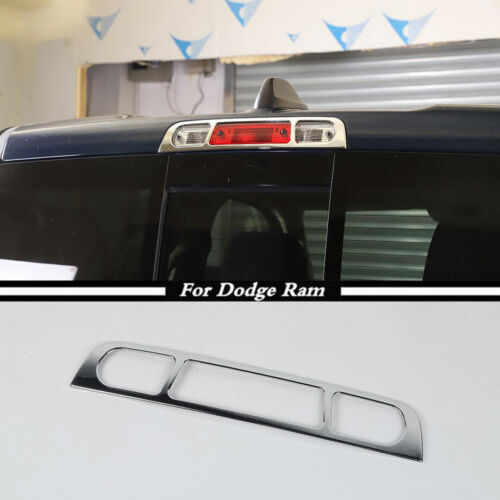
Credit: www.ebay.com
FAQs
What does it mean when the ABS and brake lights are on in my Dodge Ram 1500?
It means there is an issue with the ABS and/or brake system. It’s essential to address this issue promptly to ensure the safety and optimal performance of your vehicle.
What are the common causes of ABS and brake light issues in Dodge Ram 1500?
Common causes include faulty wheel speed sensors, worn-out brake pads, low brake fluid levels, damaged brake lines, or a malfunctioning ABS module.
What are the symptoms of ABS and brake light issues in Dodge Ram 1500?
Symptoms include illuminated ABS and brake light on the dashboard, grinding or squealing noise while braking, increased stopping distance, and an unresponsive brake pedal.
How can I diagnose ABS and brake light issues in Dodge Ram 1500?
Diagnosis requires checking for error codes using a diagnostic scanner, inspecting wheel speed sensors and brake pads, checking brake fluid level and brake lines, and replacing the ABS module if necessary.
How can I prevent ABS and brake light issues in Dodge Ram 1500?
Prevention includes regular maintenance of brakes and the ABS system, driving cautiously, and addressing any signs of brake or ABS issues promptly.
Conclusion
In a Dodge Ram 1500, the ABS and Brake light issue can be caused by various factors such as low brake fluid, worn brake pads, a malfunctioning ABS sensor, damaged wiring, or a faulty ABS module. By following the steps outlined in this blog post, you can diagnose and fix the issue yourself or seek the help of a mechanic if necessary. Remember that maintaining your vehicle’s braking system is crucial for safe driving, so don’t hesitate to address this issue as soon as possible.
More Content, You Can See!
- Ram 1500 Brake Bleeding Sequence
- Ram 1500 Abs And Traction Control Light On
- Can a Weak Battery Cause Abs Problems
- What Are Tail Light Lenses Made Of Why



